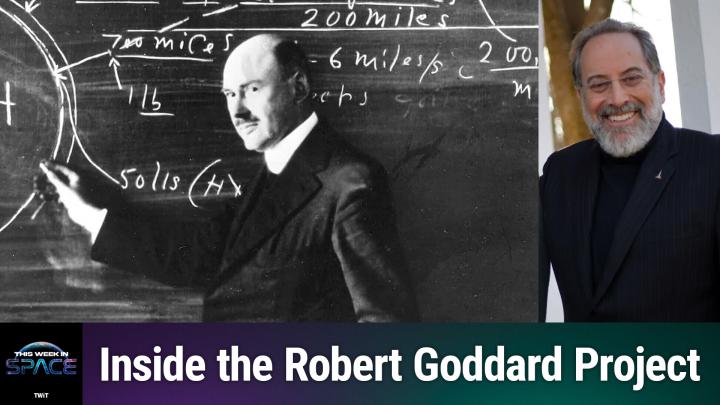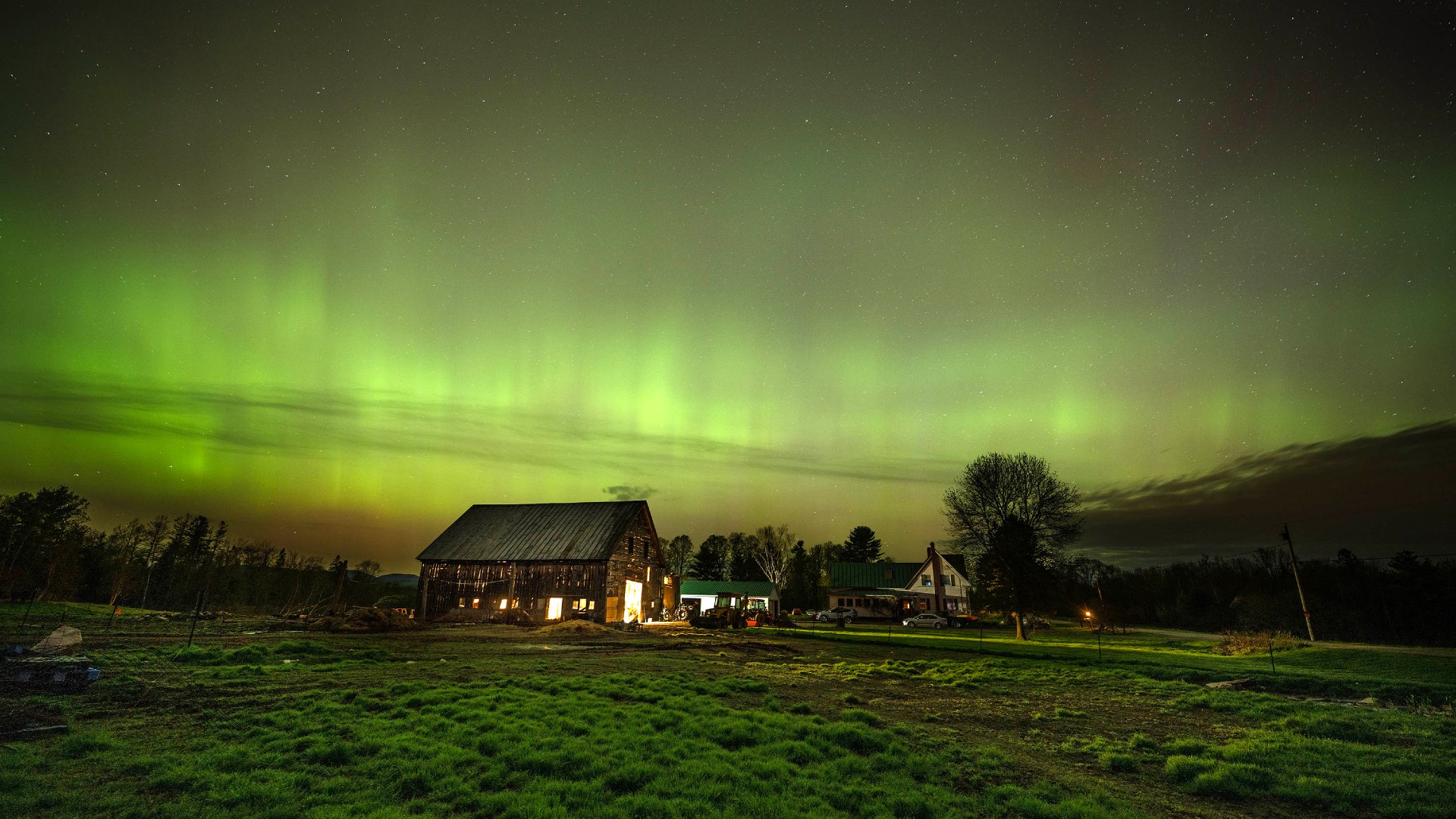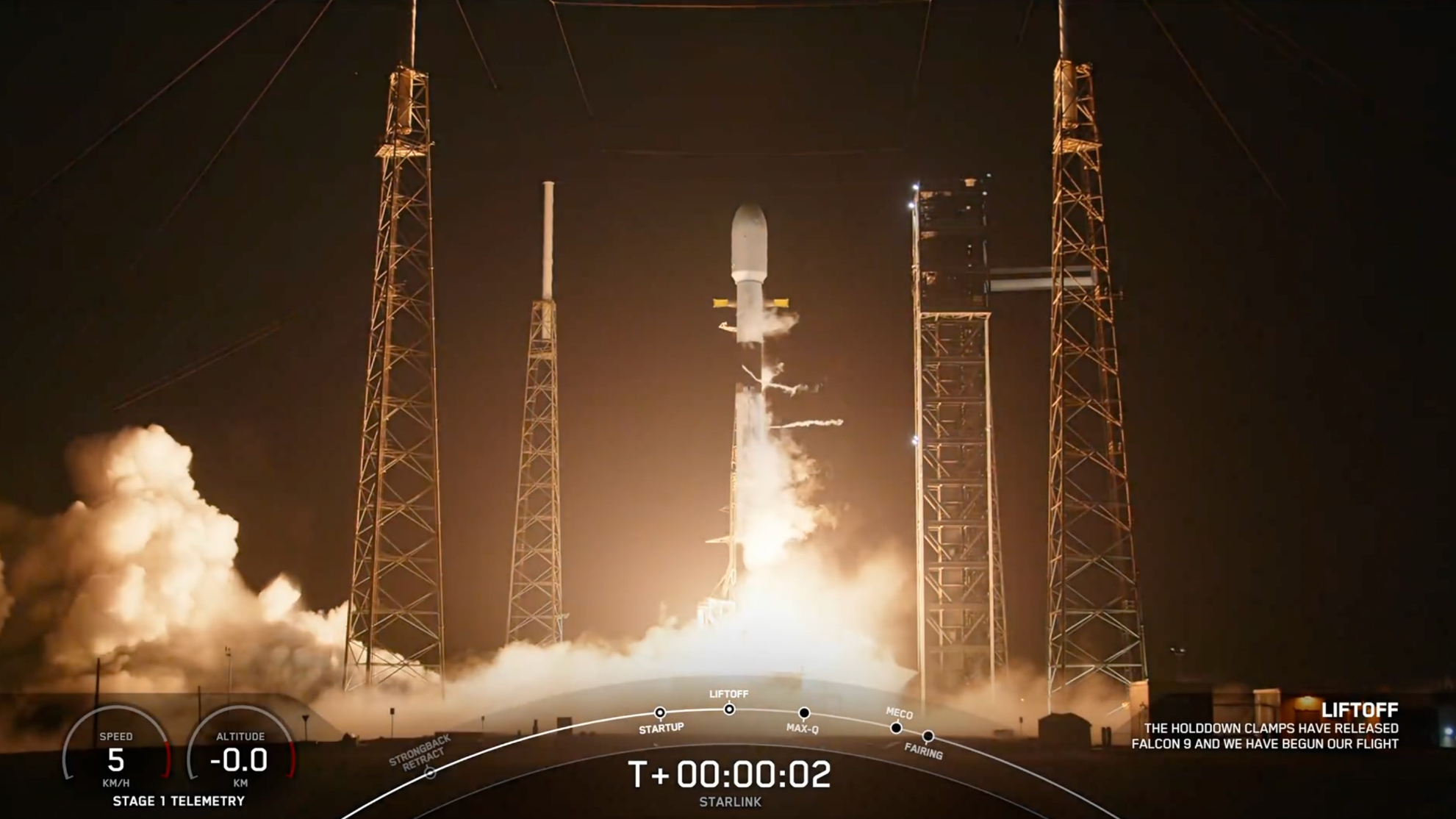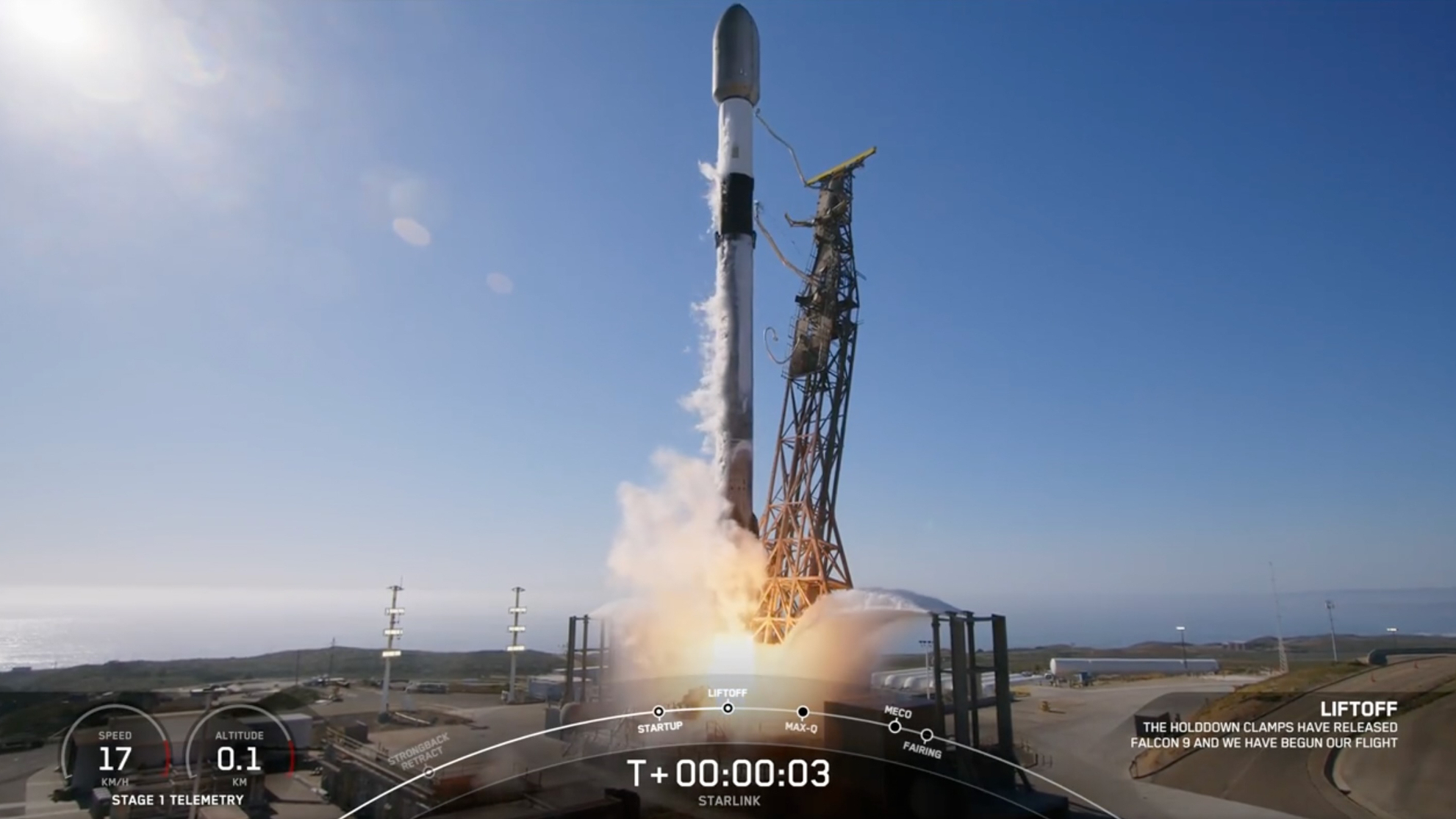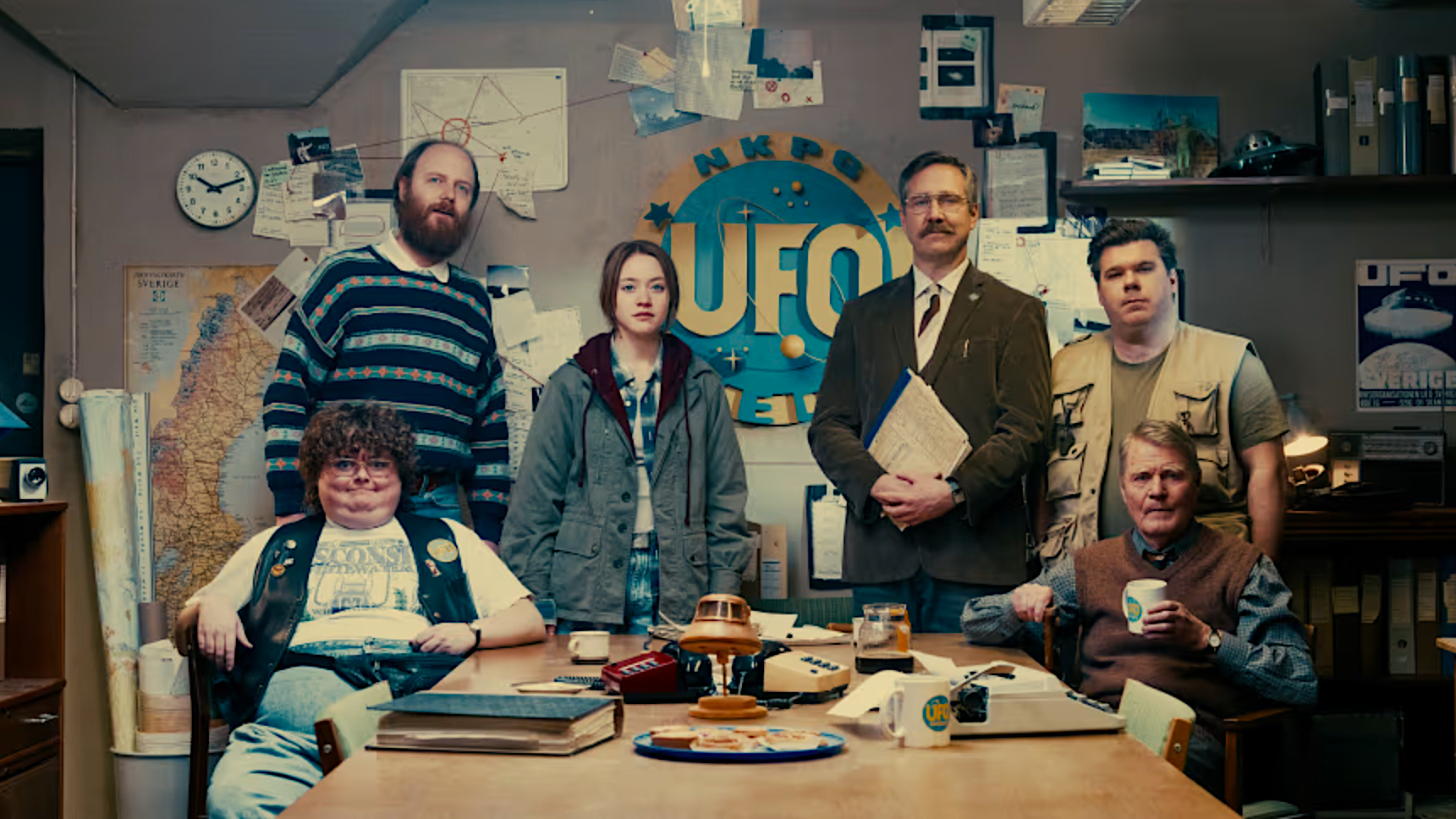1st Native American woman astronaut wants the world to 'share in that joy' after SpaceX Crew-5 flight
Shortly after coming home from the International Space Station, NASA's Nicole Mann talked about how she is trying to bring others into the field by sharing her journey.
Nicole Mann was always easy to find in space, thanks to Velcro technology.
The commander of SpaceX Crew-5 had a "hair situation" on the orbiting complex, she shared during a livestreamed press conference today (March 15). Her crewmates could trail Mann via long hair strands accidentally stuck on International Space Station Velcro to where she was working on science in the orbital lab.
"It really helped me and Koichi [Wakata] keep track of where Nicole was, so we could actually just follow her path," crewmate and NASA astronaut Josh Cassada quipped, sitting alongside her. As Mann laughed, Japan's Wakata joked: "Then she'd be whimpering at the end of that path."
Mann hadn't grown up expecting to be in space, let alone deal with such microgravity inconveniences, she shared with Space.com. The U.S. Marine aviator was the first Native American woman to leave Earth; Mann is a member of the Wailacki of the Round Valley Indian Tribes in northern California.
But after Mann's decades of hard work (and a little luck) got her to the ISS, she went on to spend hours in space talking about her journey from test pilot to space commander with students (including Native American students) around the world.
Related: Auroras, spacecraft mods and more: SpaceX Crew-5 astronauts reflect on their time in orbit
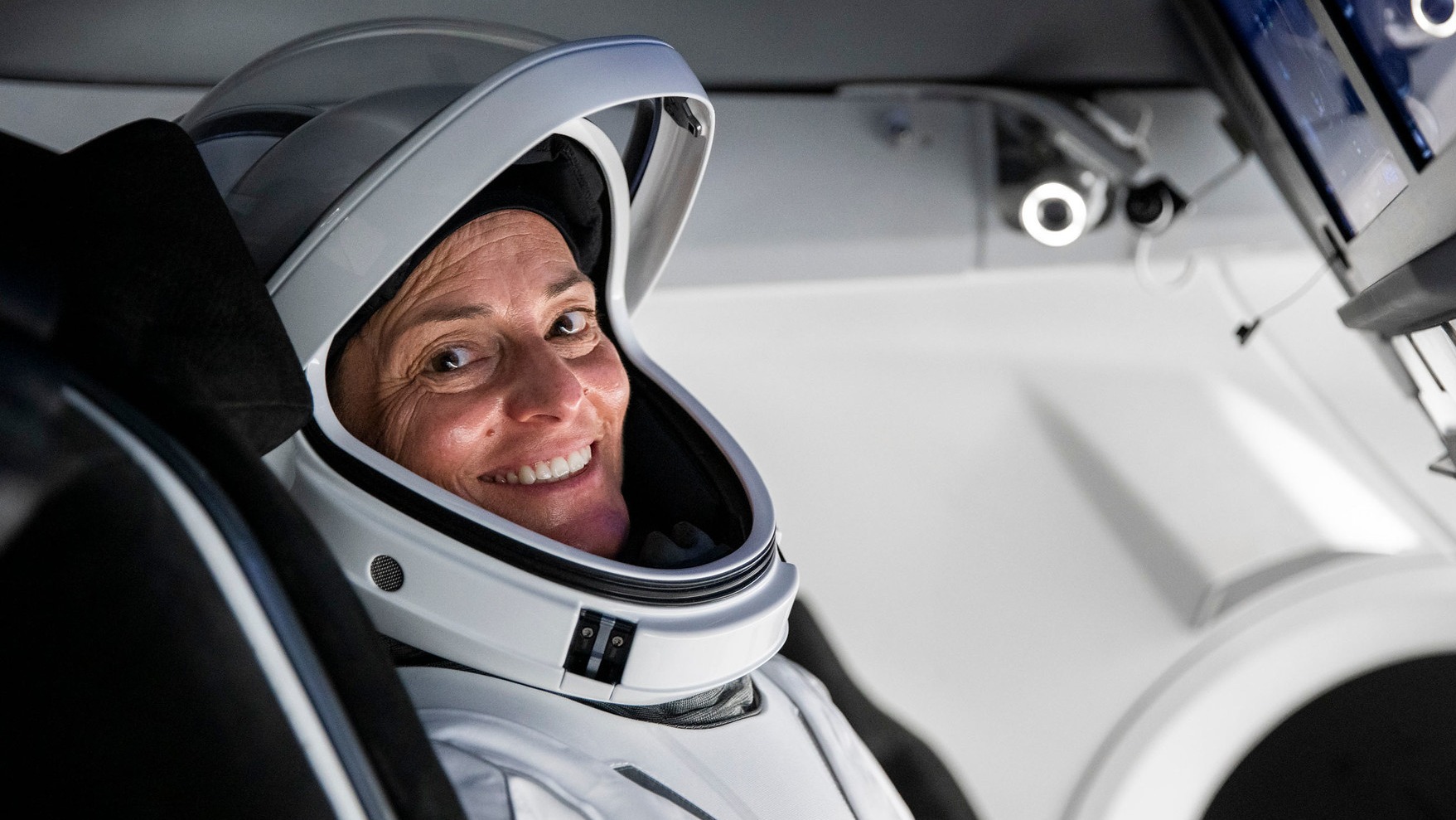
"I think it's really important for all of us astronauts to share our journey," Mann told Space.com. "We all have unique journeys on how we became an astronaut. We all have unique dreams and aspirations. But the one thing that we all share in common is that we're very passionate about what our our jobs were, prior to becoming an astronaut."
Get the Space.com Newsletter
Breaking space news, the latest updates on rocket launches, skywatching events and more!
Mann emphasized that overall diversity of crews is important, pointing to her Crew-5 crewmates that originated in Russia (Anna Kikina) and Japan (Wakata), or herself in California as examples.
"Whatever your background is, whatever your race, your religion or anything you can be, [children] can share in that joy," Mann said. "Maybe you see something in that astronaut that's sharing their story, something that you connect with, and maybe that's the one thing that will help motivate a child to to reach for those dreams."
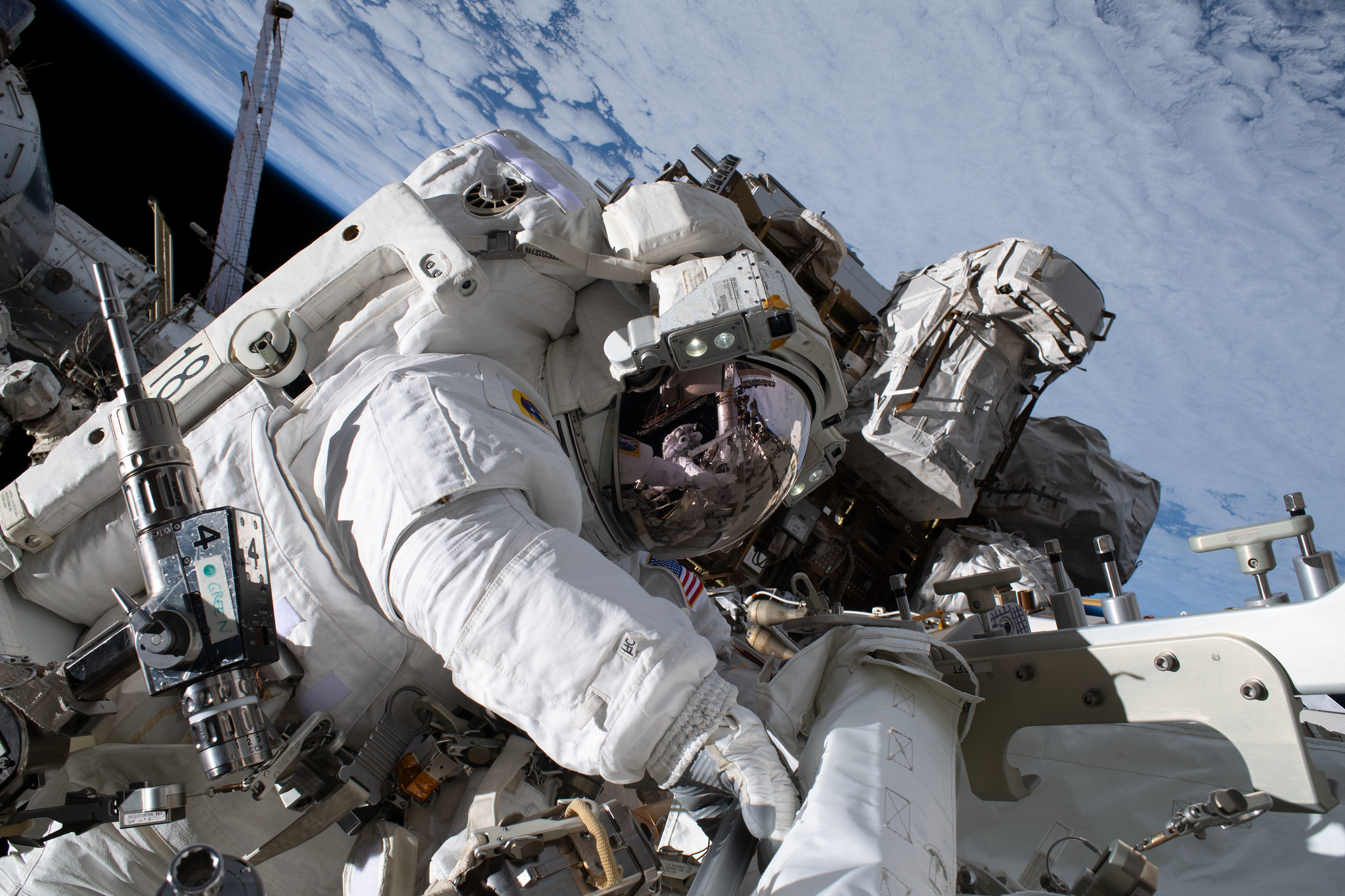
Women's History Month runs for the month of March. Crew-5's splashdown days ago on March 11 concluded the longest-ever streak of consecutive women missions in space, according to NASA statistics. Mann and Kikina's departure from orbit ended about two years and five months during which at least woman was flying high.
"The diversity that we have in the U.S. astronaut corps and in our international astronaut and cosmonaut corps is is really incredible. It's a great reflection of the diversity that we have on planet Earth. And that's so important to recognize," Mann said.
Related: International Women's Day: Female astronauts keep making strides off Earth
Mann acknowledged great strides are being made in science and space, as women astronauts (as an example of diversity dimensions) are not reported on as individual news items to the extent as they were in the 1980s or 1990s. (NASA says 73 women have made it to space overall, and the number increases when considering shorter suborbital missions.) That said, Mann added, "we're not totally there yet, right?"
"There are still areas in the world, areas in the United States, where we have barriers — and we're working to overcome those," Mann continued. "But it's great to also celebrate the progress that we've made, where it is the capable and the certified that are selected for a mission and to execute that mission."
Speaking through an interpreter, Kikina added it is important to have both men and women in space exploration, especially to prepare for tougher missions to the moon or other planets in the coming decades. "Partnerships are at their best when there's a representation of the female and the male teams. They are more effective, they are more successful and they are more productive," Kikina said.
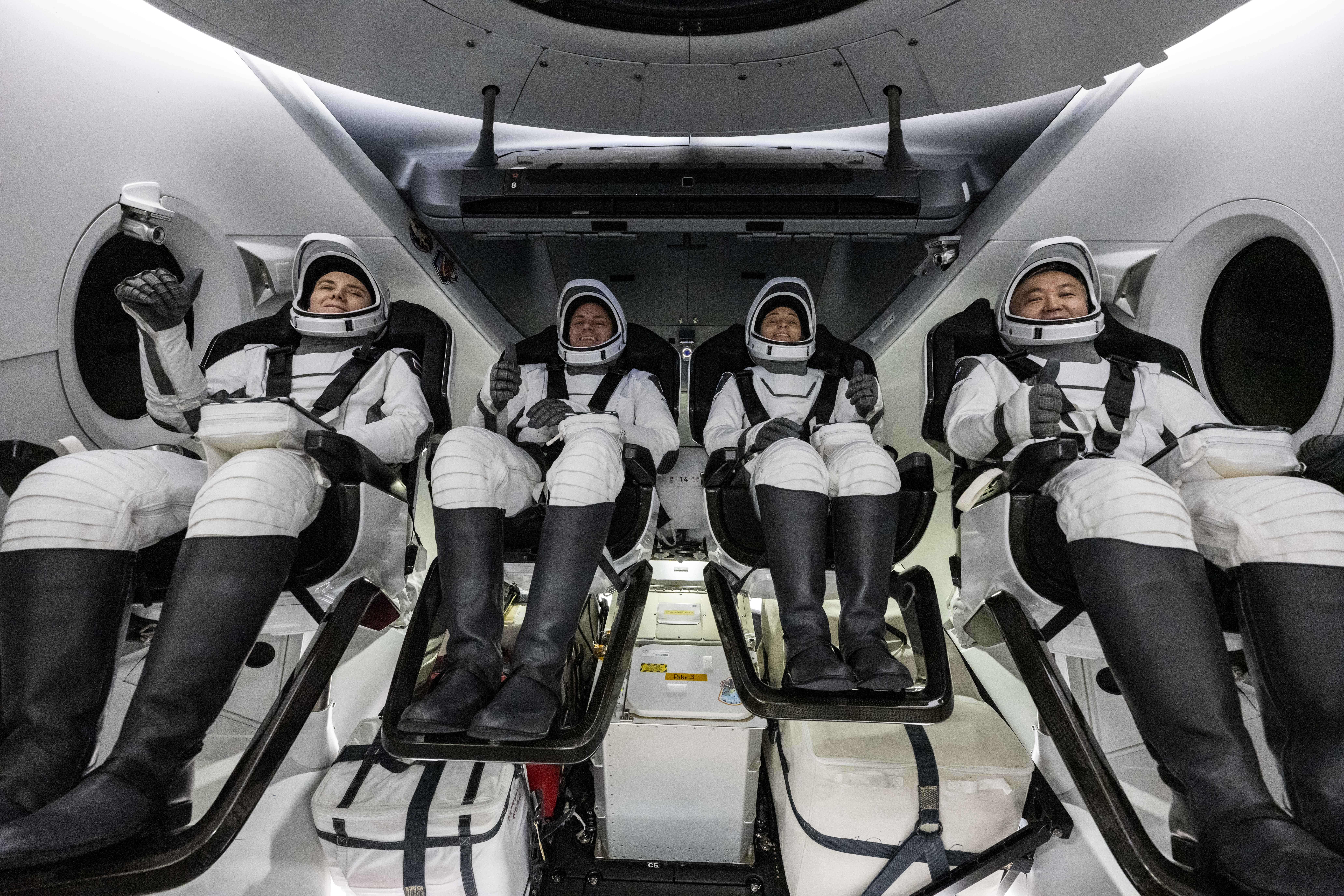
Crew-5 proved to be quite the eventful mission after it launched on Oct. 5, 2022 with Mann in command, along with Kikina (the first Russian to ride a SpaceX spacecraft), Wakata (completing a record fifth spaceflight for a single Japanese astronaut), and Cassada.
A coolant leak aboard a Soyuz crew capsule, which was called MS-22, sprung on Dec. 14, 2022 and forced some crew shuffling. Cassada installed the first emergency seat in the SpaceX spacecraft Endeavour to temporarily replace the ride home for NASA's Frank Rubio. (Rubio's crewmates aboard Soyuz were deemed safe to ride on MS-22 if required.)
The accelerated timing of a new Soyuz launch to replace the broken one moved after a Progress cargo vessel sprung its own coolant leak, requiring an investigation; at first Soyuz was delayed into March and then pivoted for a rapid Feb. 23 liftoff days after Russia deemed it was safe to fly. The fresh ride, MS-23, docked without incident on Feb. 25. Russia continues to investigate the cause of these leaks to rule out a manufacturing problem with Soyuz and Progress.
As for when the next woman is launching in space, that's hard to say as schedules change constantly. Axiom Space's Ax-2 may launch to the ISS in May on a commercial mission; it includes veteran retired NASA astronaut Peggy Whitson as commander and the first-ever Saudi woman astronaut, Rayyanah Barnawi.
Soyuz MS-24's flight date is highly uncertain, but whether it goes in June or September or at some other time, its crew includes NASA's Loral O'Hara. SpaceX's Crew-7 includes another Marine aviator, Jasmin Moghbeli, and that is slated to launch in August 2023.
Also on the launch manifest is the billionaire-funded Polaris Dawn mission that may launch in the second half of 2023 with two women on board, both from SpaceX: Anna Menon and Sarah Gillis. It's also possible that a suborbital jaunt or Chinese mission may fly this year with women on board, but nothing is confirmed yet.
Elizabeth Howell is the co-author of "Why Am I Taller?" (ECW Press, 2022; with Canadian astronaut Dave Williams), a book about space medicine. Follow her on Twitter @howellspace. Follow us on Twitter @Spacedotcom or Facebook.
Join our Space Forums to keep talking space on the latest missions, night sky and more! And if you have a news tip, correction or comment, let us know at: community@space.com.

Elizabeth Howell (she/her), Ph.D., was a staff writer in the spaceflight channel between 2022 and 2024 specializing in Canadian space news. She was contributing writer for Space.com for 10 years from 2012 to 2024. Elizabeth's reporting includes multiple exclusives with the White House, leading world coverage about a lost-and-found space tomato on the International Space Station, witnessing five human spaceflight launches on two continents, flying parabolic, working inside a spacesuit, and participating in a simulated Mars mission. Her latest book, "Why Am I Taller?" (ECW Press, 2022) is co-written with astronaut Dave Williams.




